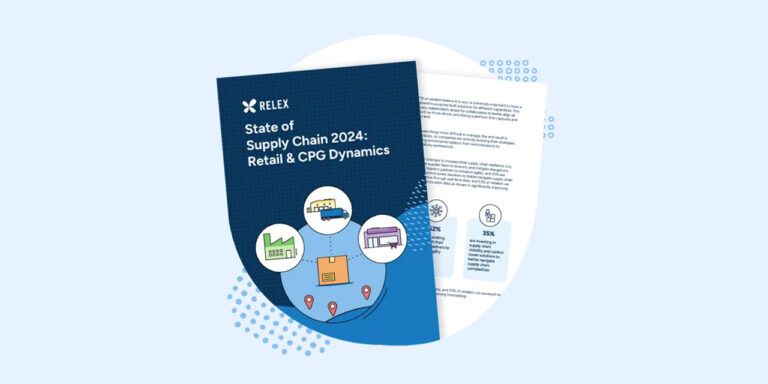Choosing a supply chain planning system isn’t easy. If you’re going to transform your supply chain planning, the first decision is whether to develop an in-house system or hire a third-party solution vendor.
Transforming your supply chain planning requires a highly skilled team with a deep knowledge base. Many companies already have teams capable of implementing a system and adapting it to evolving business needs. It still, however, requires a great deal of resources to maintain a specialist team to develop and implement replenishment and forecast models. You need a strong business case that proves this effort will benefit the company rather than distract from core operations.
Start with the all-important question: Can your current in-house system handle your expanding business and supply chain needs, or can it be reasonably upgraded to do so? If not, you need to consider replacing the existing system with a more powerful, agile solution that will support both current and future expansion.
Consider the following:
Measure the Risks and Costs
Maintaining or updating an existing system is an attractive option because it affords both familiarity and total control. The risk, however, may be higher with an in-house solution than with a third-party system provider. Because an external product is developed well before implementation, you have the advantage of previewing it at work in a comparable environment, reducing the unpredictability of a newly developed solution.
Furthermore, funds that have been committed to an in-house project can be hard to put aside if, as the project progresses, performance is sub-optimal. The modern SaaS model, on the other hand, provides flexibility and less risk. Any good provider will allow customers to quit with 1-3 months’ notice.
List Your Questions
Any time you evaluate third-party systems, draw up a list of questions to direct toward the vendors in contention. A good starting point is:
- Is what we are looking for something you’ve successfully implemented before?
- Were those companies facing similar challenges?
If the vendor has already overcome the challenges you’re facing, either wholly or in part, they’re already a long way down the road to solving your problems.
A third important question is the extent to which you can to make changes to the system without relying on the vendor. Updating systems to match an ever-evolving landscape involves considerable development resources. If you depend on the provider’s support to operate and adapt the system, you risk incurring substantial additional cost.
Finally, during an RFP process, always ask potential vendors to get as close to a live trial as possible. This is the only way to accurately measure a solution’s value in practice.
The Flip Side
It’s also important to pay attention to the questions the software vendor is asking of you. Are they really trying to understand your unique situation, or are they regurgitating rules of thumb along the lines of “follow these five simple steps and everything will be better”? If a proposed solution to a significant challenge sounds too good to be true, odds are it’s too good to be true.
It’s important to ask questions of yourself as well during this process. An important question to direct both internally and toward potential vendors is “will this be a pure system-upgrade IT project or is it also about process optimization?” If it’s the latter, you should satisfy yourself that the vendor has experience in this field and that they’re proactively engaged and making suggestions.
Look for Commonalities
Always seek system providers that have already helped companies like yours with similar challenges. Look for as many commonalities as possible with a system’s existing users, then ask to speak with or meet those customers. A vendor confident in its supply chain technology and customer satisfaction won’t act as a gatekeeper. They’ll happily make the introduction and leave you to talk.
Choose Flexibility and Adaptability
Satisfy all your concerns about a system’s flexibility and adaptability before choosing a vendor. Are you confident the software meets today’s needs, but will also scale up with your needs in a year, or two, or five?
Trick question! You can’t predict today what your future needs will be. The best solutions, though, are the ones inherently flexible enough to be configured for each potential challenge as it arises.
After going through all these steps and evaluating the technical specs, there’s only one element left to evaluate: the people you’re working with. There should always be a degree of friendly creative tension between vendor and customer. No one benefits if a vendor yes-es a customer to death despite knowing better, or if you as the customer feel compelled to follow 100% of what the vendor recommends. Don’t settle for less than the ideal: an ongoing dialogue in which both parties challenge one another and, together, end up with the best possible solution.
—
We’ve written a guide that leads you through the process of choosing and implementing the right supply chain planning system. You’ll find everything you need to know about transforming your supply chain here: Supply Chain Transformation: The Complete Guide.




